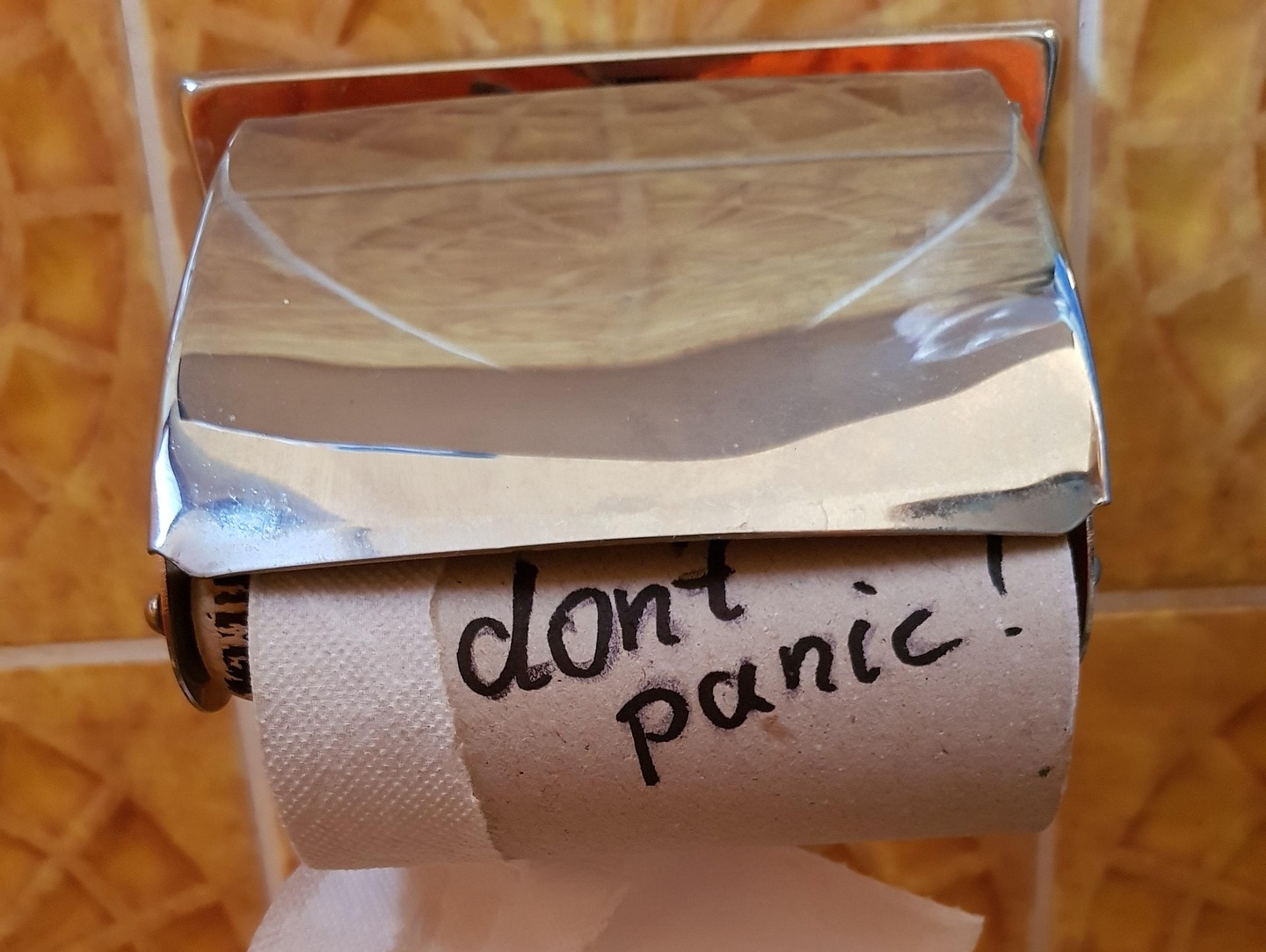Introduction
Living off the grid means freedom—but it also means rethinking the basics. When you ditch the flush, you need systems that are sanitary, low-maintenance, and eco-friendly. In this guide, you’ll learn how to go “no-toilet” without losing your mind (or your health).
1. Choose Your Waste-Management System
-
Composting Toilet
-
Pros: No water, nutrients return to soil
-
Cons: Requires regular emptying and a well-ventilated vault
-
-
Bucket Toilet + Composting Bin
-
Pros: Ultra-simple, very cheap
-
Cons: Frequent manual handling
-
-
Incinerating or Electric Toilet
-
Pros: Fast, dry ash residue
-
Cons: Needs power (solar/battery) and ventilation
-
Pro Tip: For total self-sufficiency, pair a solar panel with a small battery to run an incinerating toilet.
2. Set Up Your System
-
Site Selection
-
Choose a well-drained spot at least 30 ft from water sources.
-
-
Build or Place the Unit
-
If DIY, construct a ventilated wooden box.
-
If using a prefab unit, level the ground and secure it.
-
-
Ventilation & Odor Control
-
Install a small 12 V fan (hooked to your solar setup) to the vent pipe.
-
Use carbon-rich cover material (wood shavings, coconut coir) after each use.
-
3. Maintenance & Hygiene
-
Emptying Frequency: Every 2–6 weeks, depending on usage.
-
Cleaning: Wipe surfaces with diluted vinegar or eco-cleaner.
-
Hand Hygiene: Always keep a hand-washing station nearby with biodegradable soap.
4. Tips to Thrive
-
Stock extra cover material in airtight bins.
-
Keep a small shovel or trowel for emergencies.
-
Document your emptying schedule—consistency prevents backups.

